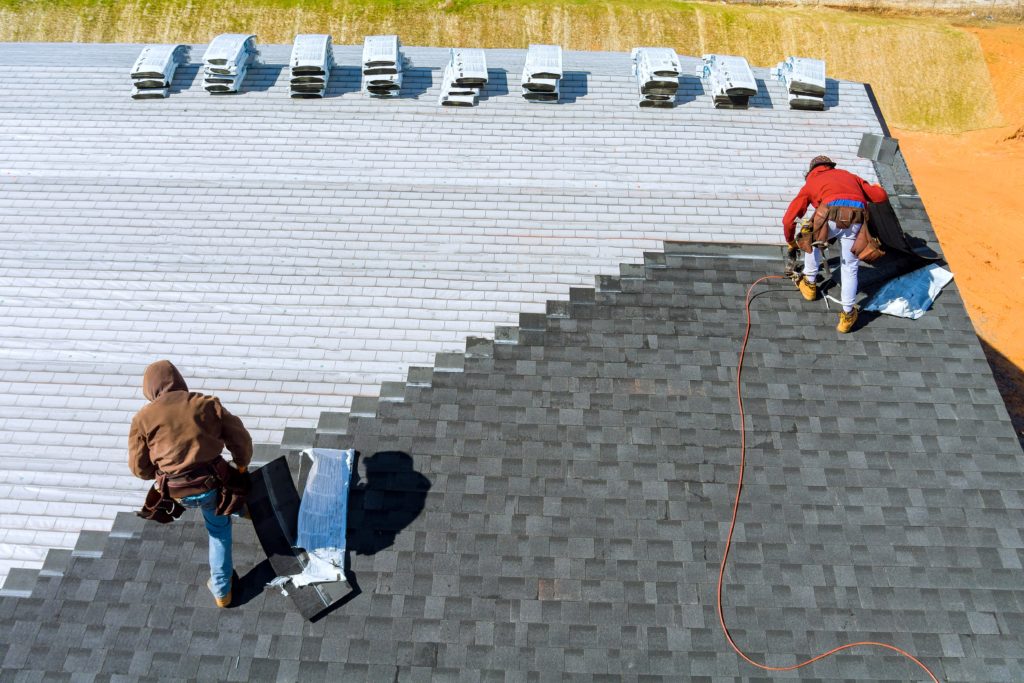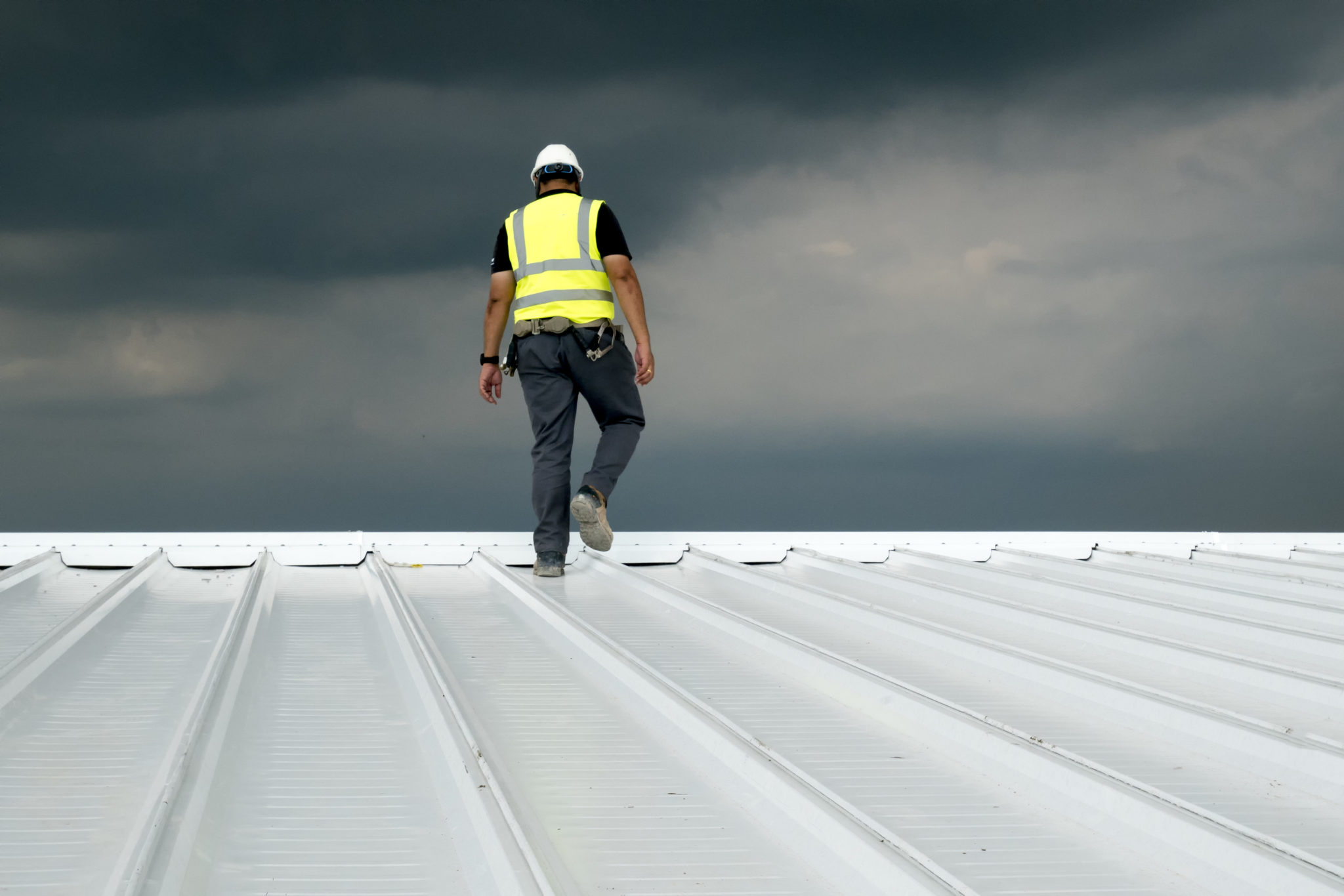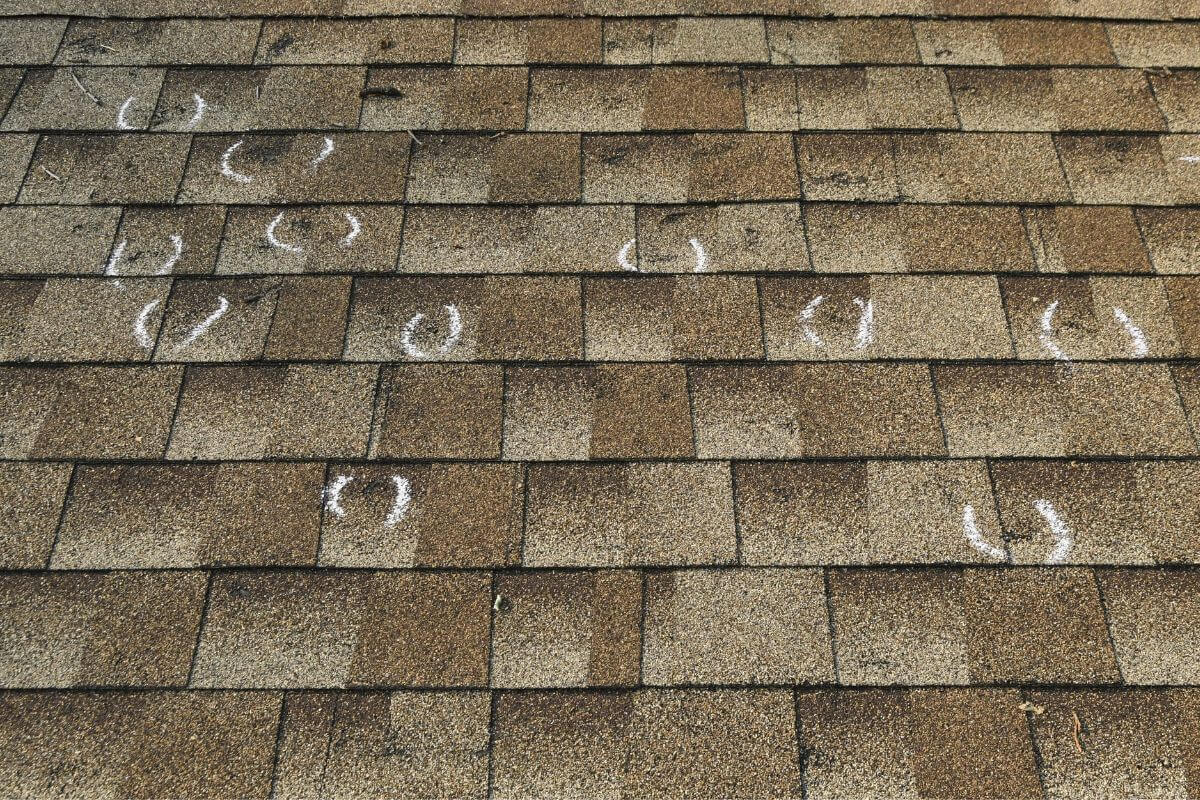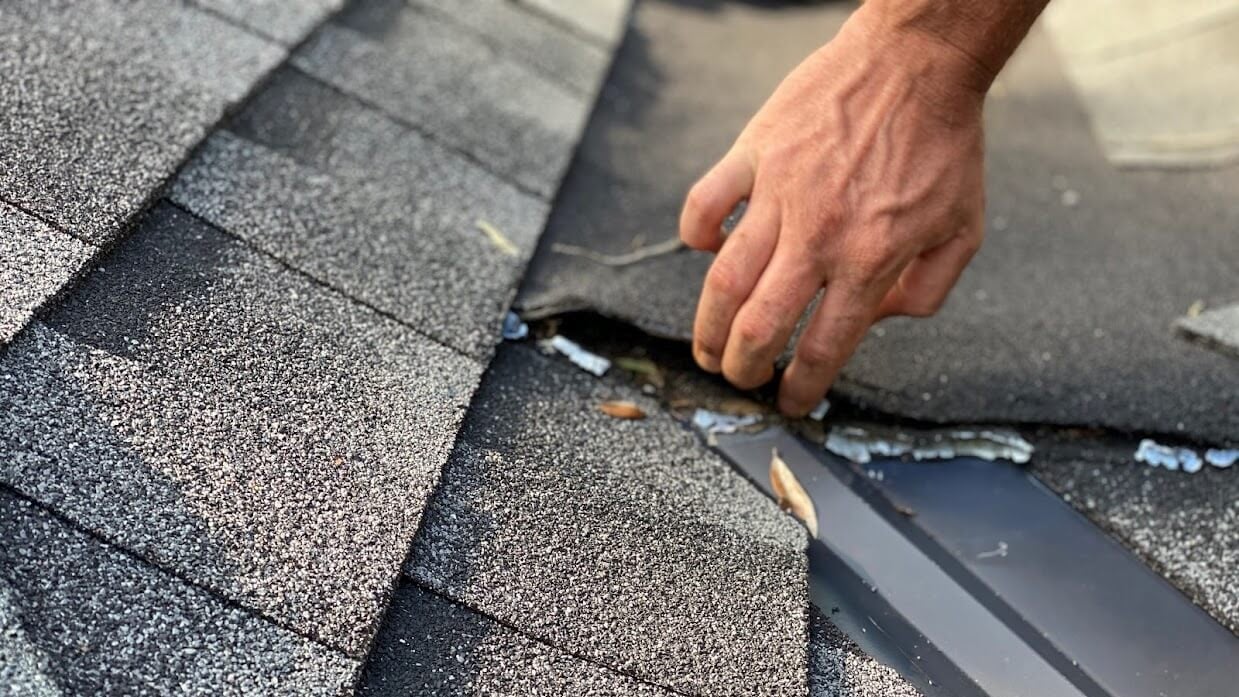If you’re wondering how long does a metal roof last in Texas, the answer varies but generally ranges between 40 to 80 years. This article will explain why metal roofs endure well in Texas and what factors contribute to their longevity.
Key Takeaways
- Metal roofs in Texas can last between 40 to 80 years, significantly outlasting asphalt shingles which typically last about 20 years.
- The type of metal used affects a roof’s lifespan, with copper roofs lasting up to 200 years and aluminum and zinc roofs also offering impressive durability.
- Proper installation and regular maintenance are key to maximizing the longevity of metal roofs, helping homeowners avoid costly repairs and replacements.
Metal Roof Lifespan in Texas
Longevity is a crucial factor in roofing. Metal roofs, known for their exceptional durability, typically have a lifespan of over 50 years. In Texas, metal roofs can endure between 40 to 80 years on average, even under harsh weather conditions. This impressive lifespan makes metal roofs a dependable long-term solution for homeowners.
Compared to asphalt shingles, which generally last about 20 years, metal roofs significantly outlast their traditional counterparts. Their durability is further enhanced by resilience to severe weather, including heavy rain, high winds, and hail. This resilience allows metal roofs to remain intact and functional for decades, minimizing the need for frequent replacements. Metal roofs last much longer than other roofing options.
Typically replaced every 40-50 years, metal roofs are a cost-effective long-term investment for a new roof. Proper maintenance and quality installation can ensure metal roofs protect your home for generations, offering peace of mind and savings on repairs and replacements.
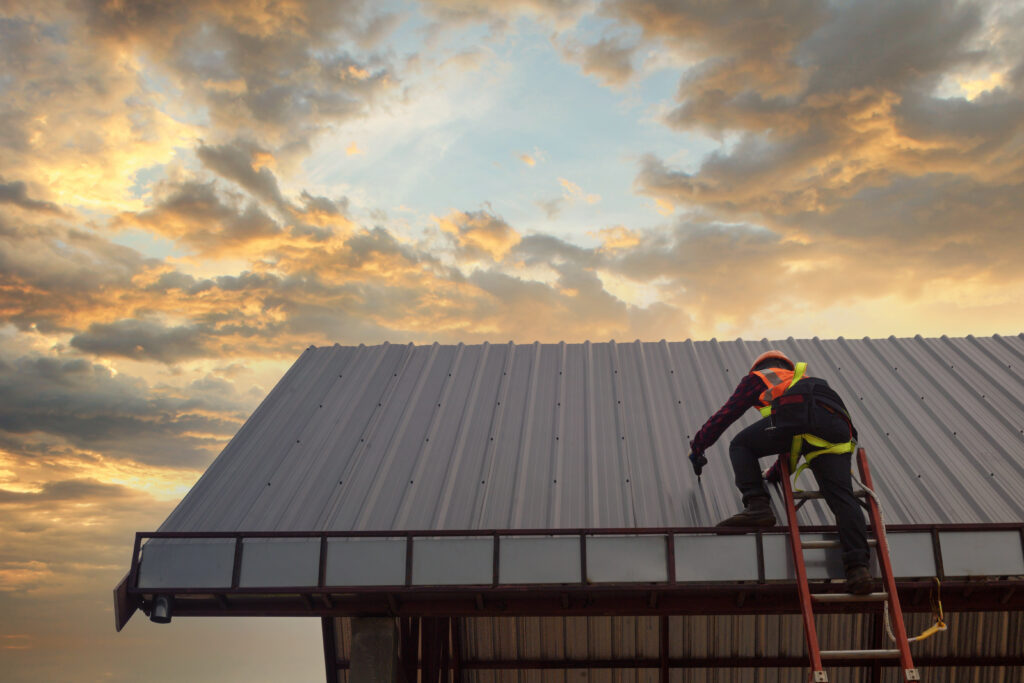
Types of Metal Roofing Materials
Various materials for metal roofs offer unique benefits and lifespans, including different roofing materials. The type of metal significantly influences the roof’s longevity and performance. Common types of metal roofing materials include copper, aluminum, zinc, steel, and tin.
In Texas, standing seam roofs are popular for their sleek design and durability. Here’s a closer look at each type of metal roofing material.
Copper Roofs
Copper roofs are renowned for their exceptional durability and longevity. Under ideal conditions, copper roofs can last up to 200 years, ranking among the longest-lasting roofing materials. Even in less-than-perfect conditions, copper roofs can surpass a century, offering unmatched durability with minimal maintenance.
Copper roofs are particularly appealing for their corrosion resistance and the beautiful patina they develop over time. This natural weathering not only adds to their aesthetic appeal but also enhances their protective qualities.
For Texas homeowners wanting a durable and timelessly beautiful roof, copper is an excellent choice.
Aluminum Roofs
Aluminum roofs are another popular choice for Texas homeowners due to their lightweight nature and corrosion resistance. Aluminum roofs typically last over 60 years, and with proper maintenance, some can exceed 100 years. This longevity makes aluminum a cost-effective and durable option for residential roofing.
A standout feature of aluminum roofs is their ability to withstand harsh weather. Unlike other metals, aluminum does not rust, making it particularly suitable for areas with high humidity or salt exposure.
For a low-maintenance, long-lasting solution, aluminum roofs are a fantastic choice.
Zinc Roofs
Zinc roofs are gaining popularity for their durability and environmental friendliness. Zinc roofs, with an expected lifespan of 70 to 100 years, offer a long-term solution for homeowners. Their durability is complemented by self-healing minor scratches and resistance to corrosion, ensuring decades of intact performance.
In addition to their longevity, zinc roofs contribute to sustainable building practices. They are fully recyclable and have a lower environmental impact compared to other roofing materials. Eco-conscious homeowners in Texas will find zinc roofs combine durability and sustainability.
Steel Roofs
Steel roofs are known for their strength and fire resistance, making them a reliable choice for Texas homeowners. Steel roofs typically last 40 to 70 years, while stone-coated variants last around 40 to 50 years. This durability ensures that steel roofs can withstand the state’s severe weather conditions.
A key benefit of steel roofs is their fire resistance, adding an extra layer of safety. Additionally, steel roofs are often coated with protective layers to prevent rust and corrosion, further enhancing their lifespan and performance.
Tin Roofs
Tin roofs, while not as common as other metal roofing materials, offer a cost-effective and durable solution for homeowners. With proper care, tin roofs can last around 50 years, making them a viable option for those looking for a budget-friendly roofing solution.
One of the advantages of tin roofs is their ease of installation. This can reduce labor costs and make them a more affordable option upfront. To maximize their lifespan, qualified contractors should handle the installation and maintenance.

Factors Influencing Metal Roof Longevity
Several factors influence the longevity of metal roofs, making it essential to consider these elements when choosing and maintaining your roofing material.
Climate, weather conditions, quality of installation, and regular maintenance are critical to a metal roof’s longevity.
Climate and Weather Conditions
Texas is known for its extreme weather conditions, which can significantly impact the durability of roofing materials. Metal roofs are particularly resistant to severe weather, including hail, high winds, and fire, making them well-suited for the state’s climate. The sun’s intense heat and frequent storms can still affect any roof, stressing the need for durable materials and proper installation.
Selecting the right roofing material and ensuring proper installation maximize a metal roof’s performance in harsh weather. Standing seam metal roofs, designed to withstand strong winds and prevent water infiltration, are ideal for areas prone to severe weather.
Quality of Installation
Installation quality critically determines a metal roof’s lifespan. Poor installation can cause early deterioration, leaks, and even roof failure. It’s essential to choose a professional roofing contractor who uses high-quality materials and follows best practices to ensure a durable and long-lasting roof.
Proper installation ensures all fasteners are secure, sealants are correctly applied, and potential issues are addressed during the process. This attention to detail can prevent small problems from escalating into major issues, ultimately extending the roof’s lifespan.
Regular Maintenance
Regular maintenance prolongs the life of a metal roof. Homeowners should inspect their roofs annually for damage signs like leaks, rust, or missing shingles. Early issue detection can prevent significant problems and extend the roof’s lifespan.
Routine cleaning and maintenance, like checking fasteners and sealants, ensure the roof remains in good condition. Proactively managing minor issues helps homeowners avoid costly future repairs and replacements.
Comparing Metal Roofs to Other Roofing Materials
Metal roofs offer superior durability compared to many traditional roofing materials. This section will compare metal roofs to other common roofing materials, highlighting their advantages and disadvantages.
Asphalt Shingle Roofs
Asphalt shingle roofs are one of the most popular roofing materials, but an average asphalt shingle roof typically has a shorter lifespan compared to metal roofs.
In Texas, asphalt shingle roofs last:
- 10 to 30 years, depending on quality and maintenance
- Most asphalt shingles need replacing every 25 years
- 3-tab composition shingles last around 10-12 years
Although asphalt shingles are more affordable upfront, frequent replacements and maintenance can increase overall costs over time. Conversely, metal roofs, with their longevity and lower maintenance, can be more cost-effective long-term.
Additionally, asphalt shingles are less durable in severe weather conditions, withstanding wind speeds of only 60 to 70 MPH, compared to the higher resilience of metal roofs.
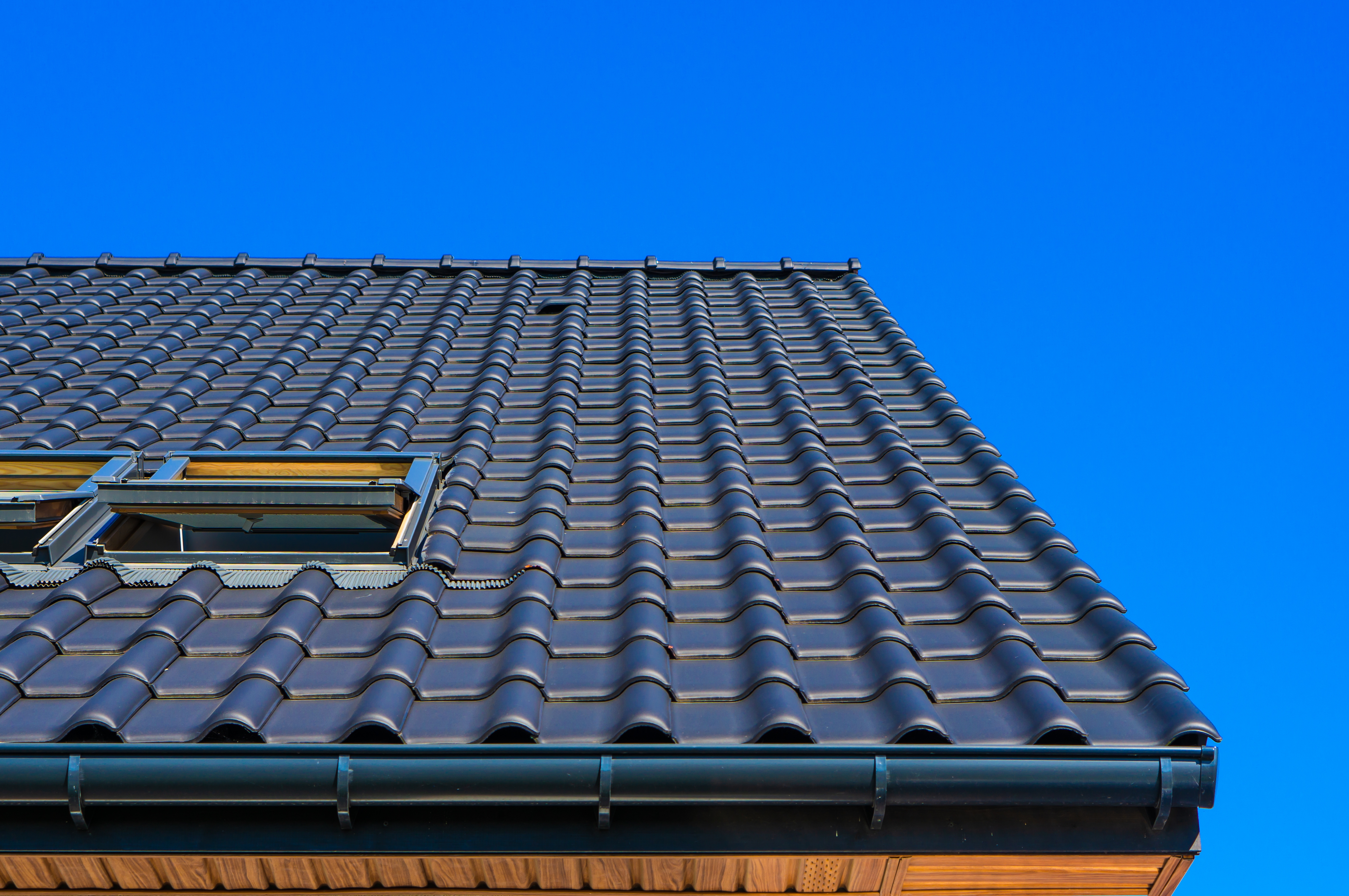
Tile Roofs
Tile roofs, including clay and concrete tiles, are known for their longevity and durability. In Texas, tile roofs last 50 to 100 years, offering a long-term roofing solution. Clay tile roofs can last for up to 100 years. This longevity is achievable with proper maintenance.
However, tile roofs are heavier and may need additional structural support. They are more susceptible to impact damage from falling branches or hail, whereas metal roofs offer better resilience.
Wood Shake Roofs
Wood shake roofs offer a natural and rustic aesthetic but have a shorter lifespan than metal roofs. In Texas, a wood shake roof typically lasts between 20 to 40 years, with periodic maintenance required to ensure their longevity. Local climate, wood type, and shake thickness influence their lifespan.
A main drawback of wood shake roofs is their vulnerability to moisture, leading to decay and a shorter lifespan. Regular maintenance, including cleaning and treating the wood, is vital to preventing mold growth and rot.
Slate Roofs
Slate roofs are among the most durable roofing materials available, with a typical lifespan ranging from 75 to over 100 years. In Texas, slate roofs typically last around 80 years, showcasing their durability.
Slate roofs offer excellent durability but are among the most expensive roofing materials. Their heavy weight, like tile roofs, requires additional structural support. However, for those seeking a long-term investment with minimal maintenance, a slate roof is an excellent choice.
Cost Considerations
Metal roof costs vary significantly, typically ranging from $10 to $60 per square foot. Homeowners can expect to spend between $15,000 and $25,000 on average for a new metal roof installation. Although the initial investment is higher than for materials like asphalt shingles, which cost between $4 to $14 per square foot, metal roofs’ long-term benefits and lower maintenance costs can be more cost-effective.
Metal roofs are energy efficient, reflecting solar heat and potentially cutting cooling costs by up to 15%. This energy savings can offset the higher upfront costs, making metal roofs a financially sound long-term investment. Metal roofs typically require less maintenance than other roofing types, further reducing long-term expenses.
Installing metal roofing demands greater expertise and time compared to asphalt shingles. Hiring a professional roofing contractor is crucial to ensure proper installation and maximize the roof’s lifespan.
Signs Your Metal Roof Needs Replacement
Even the most durable metal roofs may need replacement over time. Key signs a metal roof may need replacement include visible damage, persistent leaks, and its age. Signs of damage like rust, dents, or swelling can indicate a roof needs replacement.
If your metal roof is over 30 years old and experiencing frequent leaks, it may be time for a roof replacement. A professional roofing contractor can accurately assess the roof’s condition and determine if replacement is necessary.
Benefits of Choosing a Metal Roof in Texas
A metal roof in Texas offers numerous benefits, including exceptional durability, energy efficiency, and aesthetic diversity. Metal roofs withstand severe weather conditions, reducing the risk of damage and the need for frequent repairs. Their energy efficiency can reduce energy costs, making them a smart investment.
Metal roofs come in various styles and finishes, allowing homeowners to choose a design that complements their home’s architecture. High-quality paint finishes offer additional UV protection and improve energy efficiency.
Summary
In conclusion, metal roofs are an outstanding choice for Texas homeowners, offering unparalleled durability, energy efficiency, and aesthetic options. With lifespans ranging from 40 to over 100 years depending on the material, metal roofs significantly outlast traditional options like asphalt shingles. Considering the severe weather conditions in Texas, investing in a metal roof ensures long-term protection and peace of mind.
By understanding the types of metal roofing materials, the factors influencing their longevity, and comparing them to other roofing options, you can make an informed decision for your home. From cost considerations to signs that indicate when a roof needs replacement, this guide provides a comprehensive overview to help you choose the best roofing solution. A metal roof is not just a purchase; it’s an investment in the future of your home.

Frequently Asked Questions
How long does a metal roof last in Texas?
A metal roof in Texas can last between 40 to 80 years, far surpassing the average lifespan of asphalt shingles. So, if you’re considering durability, metal roofs are a smart choice!
What are the benefits of choosing a metal roof in Texas?
Choosing a metal roof in Texas is a smart move because it’s super durable, energy-efficient, and can handle extreme weather. Plus, you get a variety of styles to match your home!
What types of metal roofing materials are available?
You have some great options for metal roofing materials, like copper, aluminum, zinc, steel, and tin, each bringing its own advantages and durability. Choose the one that fits your needs best!
How do I know if my metal roof needs replacement?
If you notice rust, dents, persistent leaks, or if your roof is over 30 years old with frequent repairs, it’s likely time for a replacement. Keeping an eye on these signs can save you from bigger issues down the road!
Is a metal roof more cost-effective than other roofing materials?
Absolutely, a metal roof can be more cost-effective over time due to its longevity, minimal maintenance, and energy efficiency. So, even though the upfront cost is higher, it often pays off in the end.
